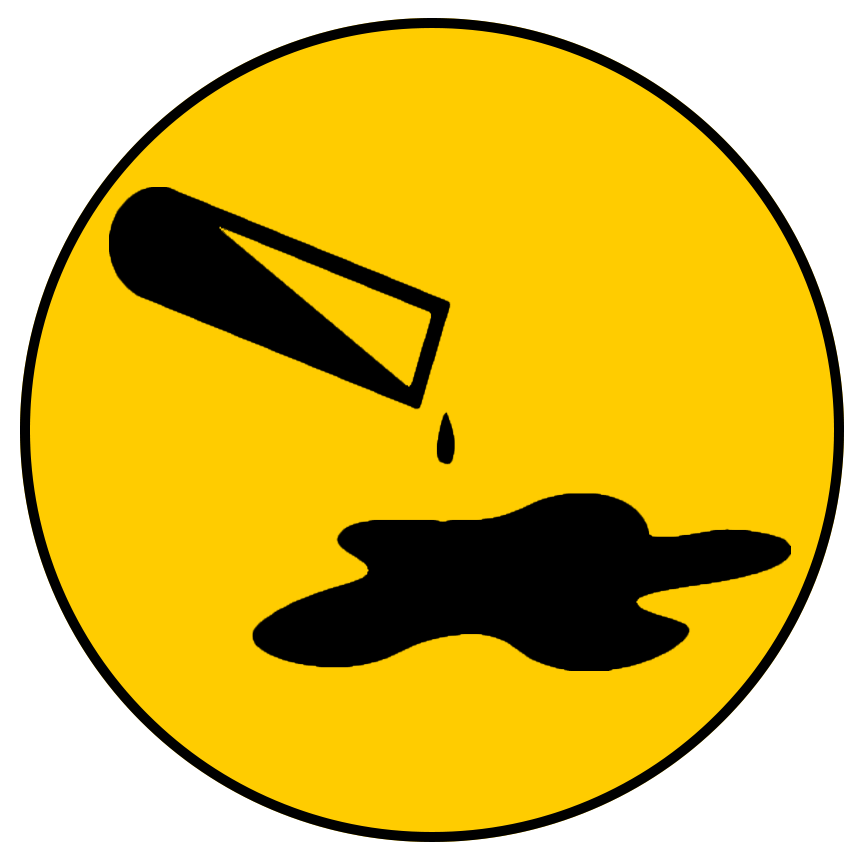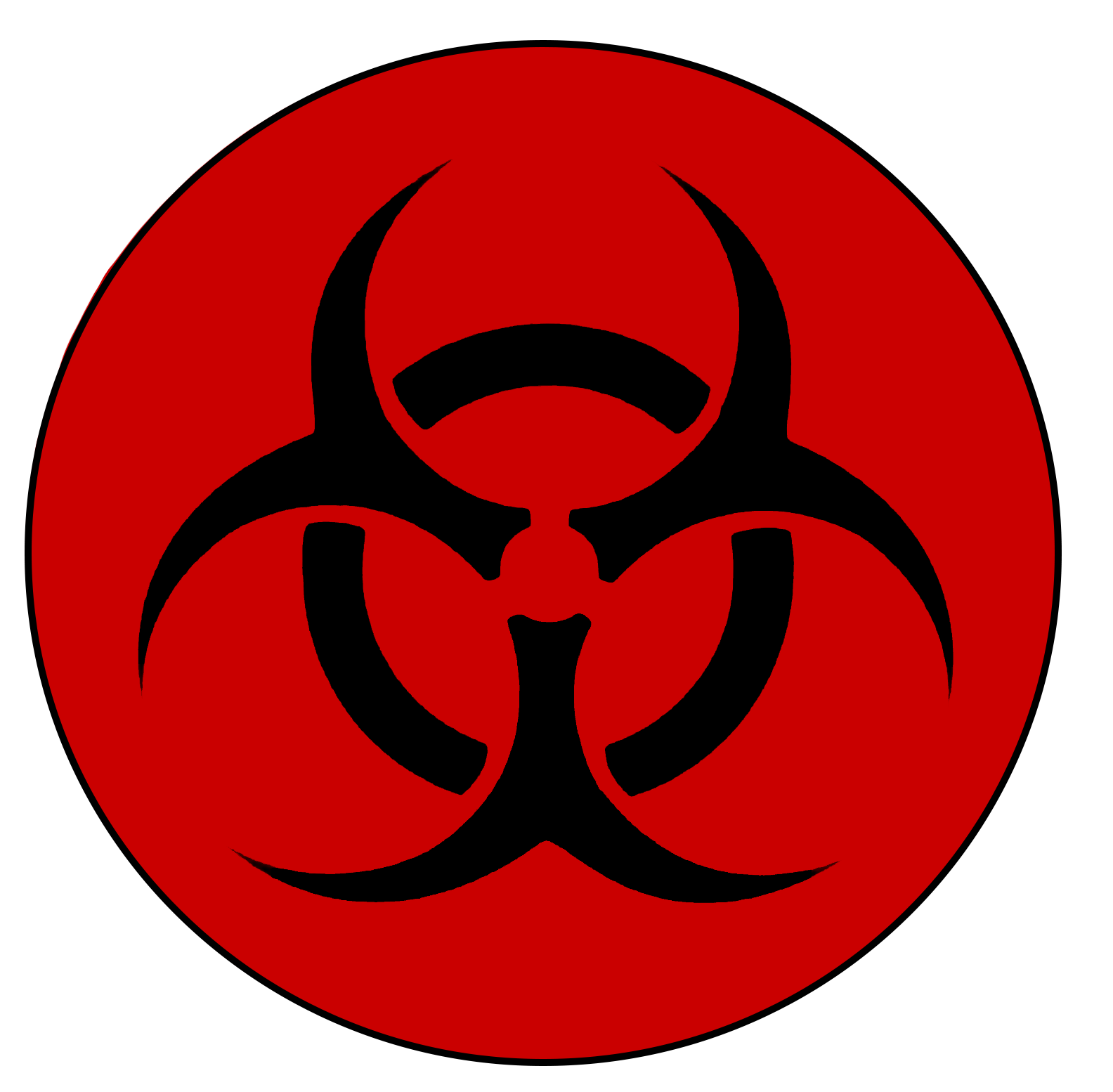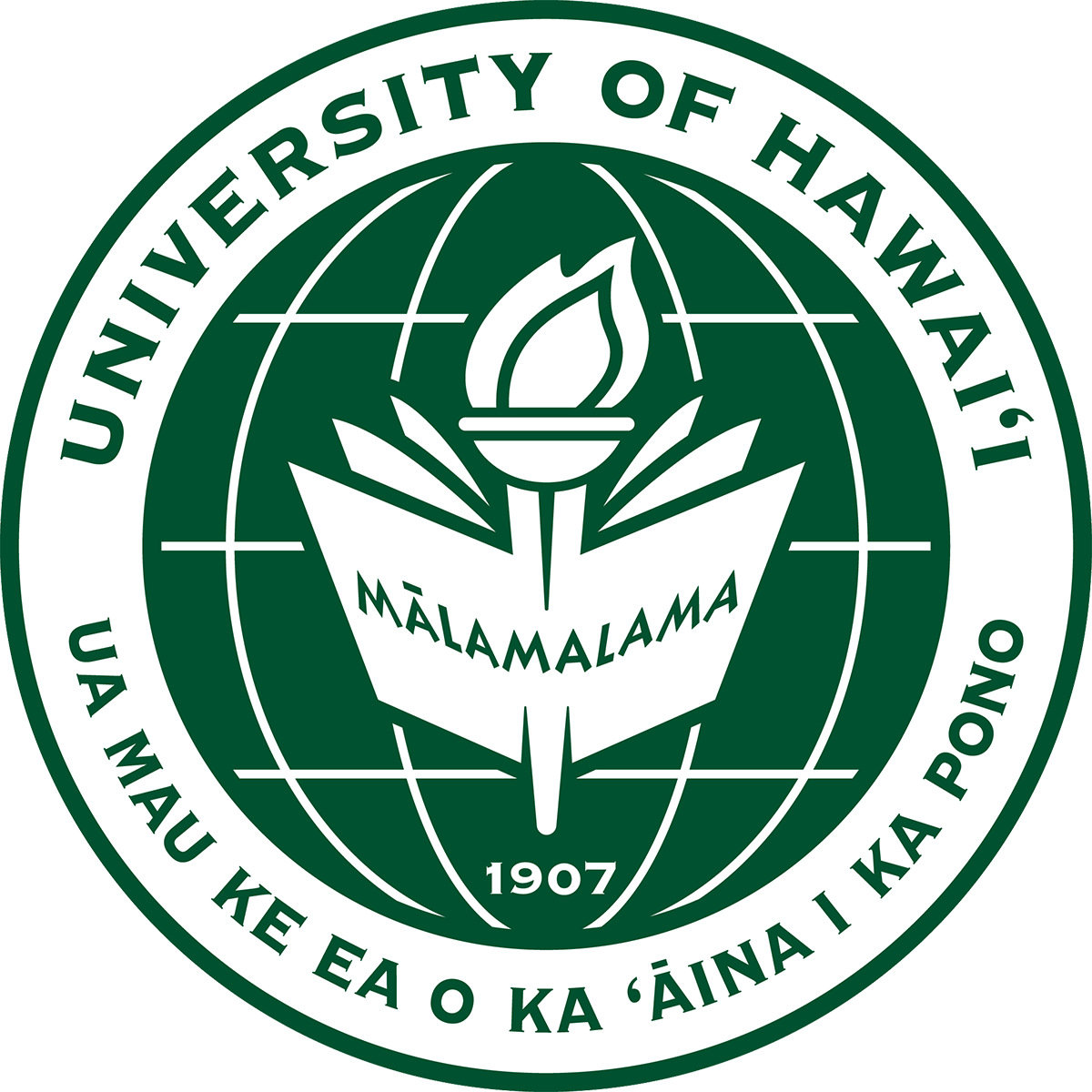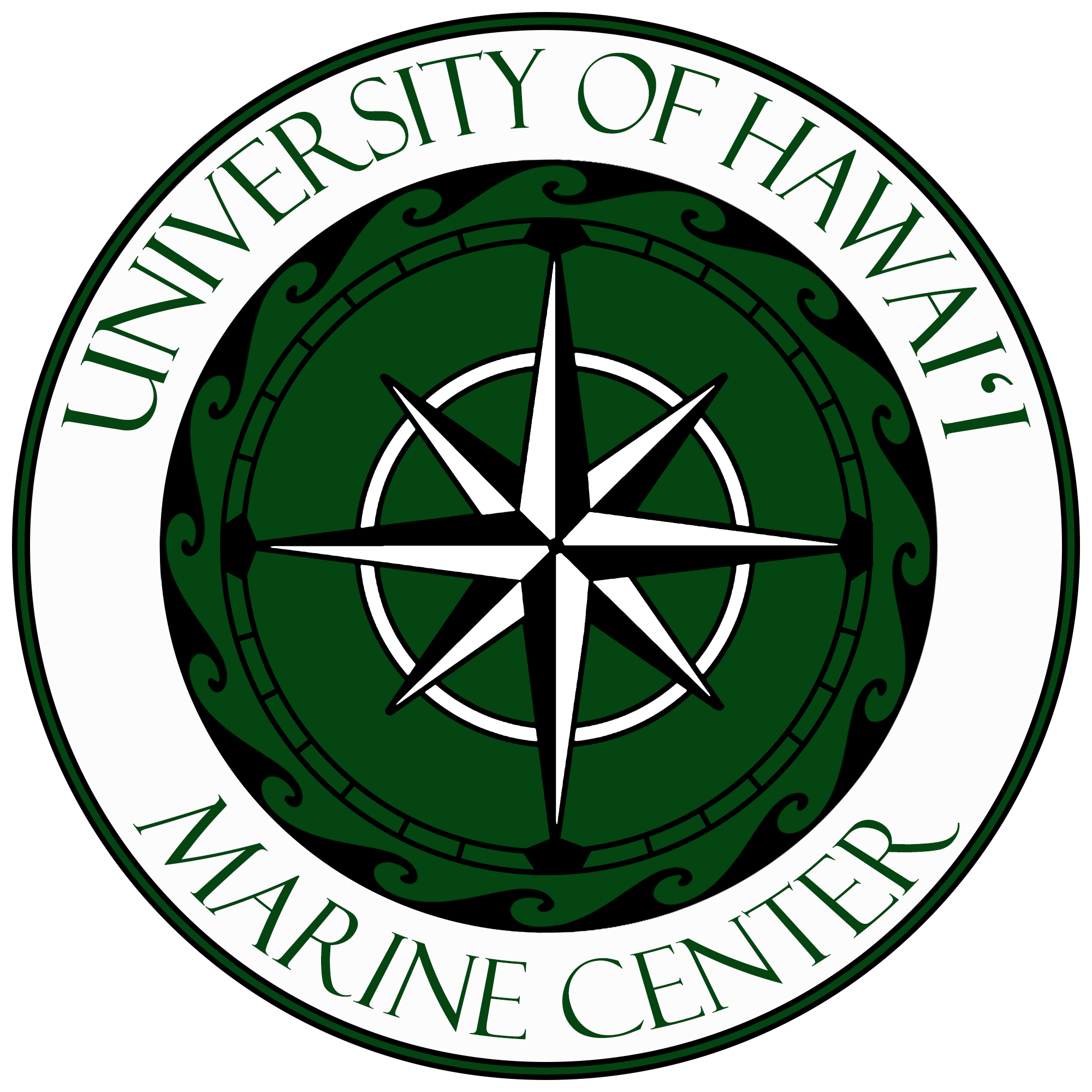Laboratory Safety
Research and shipboard personnel can expect to encounter hazardous materials in the form of ship's stores, paints, laboratory chemicals, cleaning agents, etc. Therefore, a working knowledge of these materials and their hazards will assist personnel in handling and storing them in a safe, responsible manner. Please review and refer to the UH Chemical Hygiene Plan for information about handling, storing and, disposing of materials aboard UH vessels. Principal investigators are responsible for ensuring that all necessary safety equipment is brought on board before sailing and all work is conducted in accordance with this plan.
Requirements for Hazardous Materials on Expeditions
Scientists planning to use hazardous materials on board need to provide a list of materials by chemical name, common name, type and classification using the Hazardous Material Inventory guidelines.

|
SDS:
Safety Data Sheets (SDS) will be required for all hazardous material brought aboard, and the Master will need the SDS forms at loading. You can access an on-line database of SDS sheets here. |

|
Spill Kits:
The science party must supply spill kits for large amounts and unique Hazardous Materials. |

|
Personal Protective Equipment (PPE):
The science party must bring the proper safety equipment required for the hazardous material. This includes items such as safety glasses, lab coats, gloves, etc. |

|
Hazardous Waste:
It is the responsibility of the Principal Investigator to make arrangements to properly dispose of hazardous waste at the end of the expedition. For expeditions in and out of Honolulu, this can be accomplished by contacting Dr. Jingbo Chang at Pacific Commercial Services (808-545-4599; jingbo.chang@pcshi.com). Investigators will be responsible for any charges resulting from this disposal. Disposal of waste should be completed before departure of the responsible science party. |

|
Radioactive Materials:
All work requiring the use of Radioactive materials must be performed in accordance with the UH Radiation Safety Manual. Authorization from the UH Radiation Safety Officer must be received before any Radioactive Material can be used aboard the ship. Radioactive material must be confined to a designated 20-ft Radioisotope Laboratory van. This is done to isolate the radioactive material from the rest of the vessel to minimize the chances of contamination in other spaces on the ship. All use of radioactive materials must be conducted under an active permit issued by the UH Radiation Safety Officer. |

|
Lithium Batteries:
Lithium batteries are used extensively in consumer electronics and within the oceanographic research community because of their energy density/size characteristics and recharge capability. They also have the potential to be extremely hazardous if used improperly resulting in fires, poisonous gases, and explosions. Recent information coming from the U.S. Navy, Federal Aviation Administration, and manufacturers has indicated that the use of Class D fire extinguishers may not effective when combating a lithium battery fire. Please consult the UNOLS and Woods Hole Oceanographic Institution (WHOI) policy for Lithium Battery Safety Procedures. |

SDS: Safety Data Sheets (SDS) will be required for all hazardous material brought aboard, and the Master will need the SDS forms at loading. You can access an on-line database of SDS sheets here. |

Spill Kits: The science party must supply spill kits for large amounts and unique Hazardous Materials. |

Personal Protective Equipment (PPE): The science party must bring the proper safety equipment required for the hazardous material. This includes items such as safety glasses, lab coats, gloves, etc. |

Hazardous Waste: It is the responsibility of the Principal Investigator to make arrangements to properly dispose of hazardous waste at the end of the expedition. For expeditions in and out of Honolulu, this can be accomplished by contacting Dr. Jingbo Chang at Pacific Commercial Services (808-545-4599; jingbo.chang@pcshi.com). Investigators will be responsible for any charges resulting from this disposal. Disposal of waste should be completed before departure of the responsible science party. |

Radioactive Materials: All work requiring the use of Radioactive materials must be performed in accordance with the UH Radiation Safety Manual. Authorization from the UH Radiation Safety Officer must be received before any Radioactive Material can be used aboard ship. Radioactive material must be confined to a designated 20-ft Radioisotope Laboratory van. This is done to isolate the radioactive material from the rest of the vessel to minimize the chances of contamination in other spaces on the ship. All use of radioactive materials must be conducted under an active permit issued by the UH Radiation Safety Officer. |

Lithium Batteries: Lithium batteries are used extensively in consumer electronics and within the oceanographic research community because of their energy density/size characteristics and recharge capability. They also have the potential to be extremely hazardous if used improperly resulting in fires, poisonous gases, and explosions. Recent information coming from the U.S. Navy, Federal Aviation Administration, and manufacturers has indicated that the use of Class D fire extinguishers may not effective when combating a lithium battery fire. Please consult the UNOLS and Woods Hole Oceanographic Institution (WHOI) policy for Lithium Battery Safety Procedures. |



